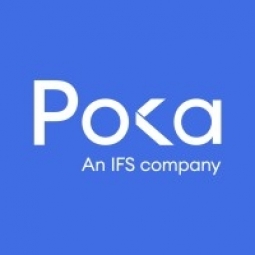技术
- 功能应用 - 计算机化维护管理系统 (CMMS)
- 功能应用 - 制造执行系统 (MES)
适用行业
- 教育
- 包装
适用功能
- 维护
用例
- 时间敏感网络
- 虚拟培训
服务
- 培训
关于客户
CH Guenther 是一家拥有 150 多年经营历史的知名食品制造商。该公司位于南卡罗来纳州的 Pioneer Frozen Foods 工厂于 2002 年开始运营,目前拥有 200 多名员工。该工厂配备了四条主要生产线,负责生产各种产品,包括干混料、面团、煎饼和肉桂卷。在实施 Poka 之前,该工厂依赖无线电和面对面对话等传统通信方式,导致运营效率低下。
挑战
CH Guenther 是一家拥有 150 多年历史的大型食品制造商,其位于南卡罗来纳州的 Pioneer Frozen Foods 工厂面临着重大的运营挑战。该工厂拥有 200 多名员工,拥有 4 条主要生产线,工人之间严重依赖无线电和面对面交流。车间缺乏技术设备导致可见性有限和效率低下,许多问题未被注意到和解决。他们的一条生产线上经常出现一个问题,即产品没有正确放入包装中,导致定期停机三分钟。这些小停顿虽然看似微不足道,但一年内总共损失了约 40 个小时的生产时间。此外,由于缺乏训练有素的员工来操作新工作站,该工厂面临着潜在的停机风险。
解决方案
该公司实施了 Poka(一款互联员工应用程序),以实现运营现代化。这使他们的员工能够在车间使用 iPad,从而能够通过图片和视频捕获和共享问题。这种可视化支持帮助维护团队快速识别和解决问题。对于反复出现的线路问题,我们在 Poka 上发起了求助,并发布了一段展示该问题的视频。这种可见性促使维护负责人提出了永久解决该问题的解决方案。为了避免因员工未经培训而导致停机,该公司使用 Poka 来提供对工作站标准工作指令的访问。这使得未经培训的员工可以在一小时内操作新工作站,从而显着减少潜在的停机时间。
运营影响
数量效益

Case Study missing?
Start adding your own!
Register with your work email and create a new case study profile for your business.
相关案例.
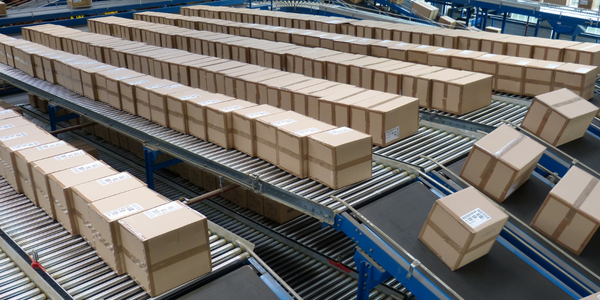
Case Study
IoT Data Analytics Case Study - Packaging Films Manufacturer
The company manufactures packaging films on made to order or configure to order basis. Every order has a different set of requirements from the product characteristics perspective and hence requires machine’s settings to be adjusted accordingly. If the film quality does not meet the required standards, the degraded quality impacts customer delivery causes customer dissatisfaction and results in lower margins. The biggest challenge was to identify the real root cause and devise a remedy for that.
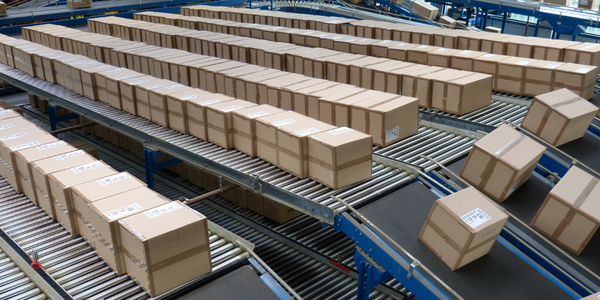
Case Study
Zenon the Ideal Basis for An Ergonomic HMI
KHS develops and produces machines and equipment for filling and packaging in the drinks industry. Because drinks manufacturing, filling and packaging consist of a number of highly complex processes, the user-friendly and intuitive operation of equipment is increasingly gaining in significance. In order to design these processes as simple as possible for the user, KHS decided to introduce a uniform, transparent and standardized solution to the company. The HMI interface should meet the requirement for people with different qualifications and enable them to work on a standard platform.
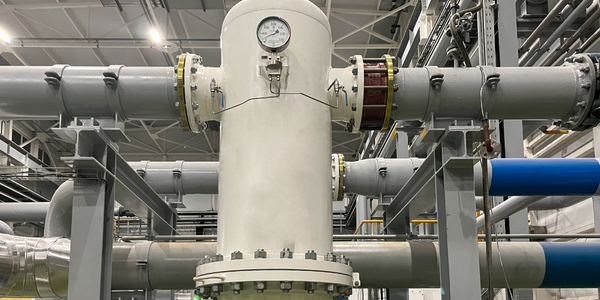
Case Study
Sparks Dynamics Assists Atlas Container Secure a $15,000 BGE Energy Rebate
The ReMASTER Compressed Air Monitoring system was installed in 2015. This system is capable of monitoring compressed air system parameters on a continuous basis and transferring that information to a cloud server which can be accessed by Atlas Container personnel, Industrial Diagnostics and Sparks Dynamics. This information was collected into a database which can be exported to an Excel spreadsheet or displayed graphically using Sparks Dynamics ViewMaster Software. The average annual compressed air electricity expense was estimated to be approximately $116,000. This is based on an incremental $/KWh electric rate of $.091 per KWh and an estimated compressed air energy consumption of 1,279,200 KWH. The implementation phase of Energy Conservation Measures (ECMs) for the Compressed Air System included: • Identification and repair of compressed air leaks • Understanding of compressed air usage per manufacturing machine and installation of shut off valves when the machines are no longer in production mode • Identification of misapplications of compressed air to include blow offs, venturis, and cooling scenarios • Understand system pressure requirements and potential installation of point of use pressure regulation.
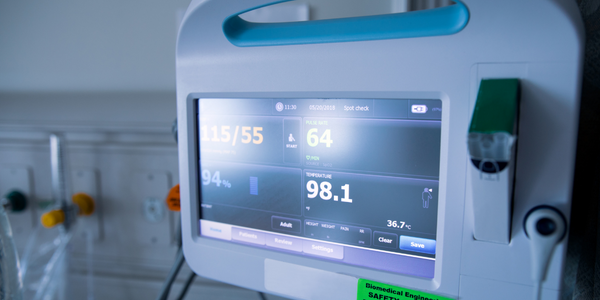
Case Study
Mondi Implements Statistics-Based Health Monitoring and Predictive Maintenance
The extrusion and other machines at Mondi’s plant are large and complex, measuring up to 50 meters long and 15 meters high. Each machine is controlled by up to five programmable logic controllers (PLCs), which log temperature, pressure, velocity, and other performance parameters from the machine’s sensors. Each machine records 300–400 parameter values every minute, generating 7 gigabytes of data daily.Mondi faced several challenges in using this data for predictive maintenance. First, the plant personnel had limited experience with statistical analysis and machine learning. They needed to evaluate a variety of machine learning approaches to identify which produced the most accurate results for their data. They also needed to develop an application that presented the results clearly and immediately to machine operators. Lastly, they needed to package this application for continuous use in a production environment.

Case Study
Automated Pallet Labeling Solution for SPR Packaging
SPR Packaging, an American supplier of packaging solutions, was in search of an automated pallet labeling solution that could meet their immediate and future needs. They aimed to equip their lines with automatic printer applicators, but also required a solution that could interface with their accounting software. The challenge was to find a system that could read a 2D code on pallets at the stretch wrapper, track the pallet, and flag any pallets with unread barcodes for inspection. The pallets could be single or double stacked, and the system needed to be able to differentiate between the two. SPR Packaging sought a system integrator with extensive experience in advanced printing and tracking solutions to provide a complete traceability system.
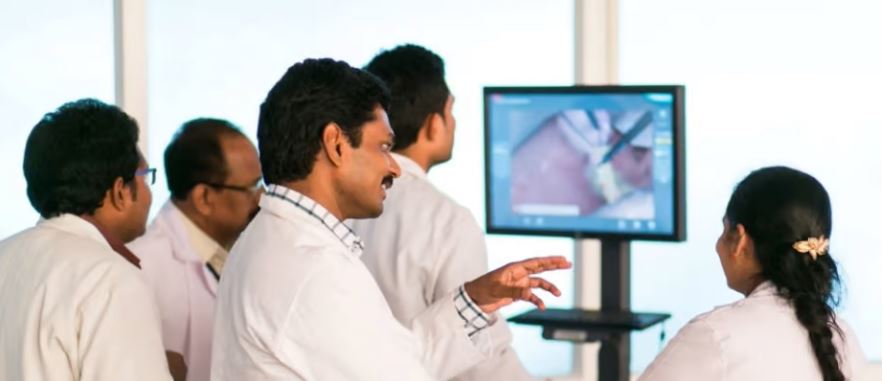
Case Study
Revolutionizing Medical Training in India: GSL Smart Lab and the LAP Mentor
The GSL SMART Lab, a collective effort of the GSL College of Medicine and the GSL College of Nursing and Health Science, was facing a challenge in providing superior training to healthcare professionals. As clinical medicine was becoming more focused on patient safety and quality of care, the need for medical simulation to bridge the educational gap between the classroom and the clinical environment was becoming increasingly apparent. Dr. Sandeep Ganni, the director of the GSL SMART Lab, envisioned a world-class surgical and medical training center where physicians and healthcare professionals could learn skills through simulation training. He was looking for different simulators for different specialties to provide both basic and advanced simulation training. For laparoscopic surgery, he was interested in a high fidelity simulator that could provide basic surgical and suturing skills training for international accreditation as well as specific hands-on training in complex laparoscopic procedures for practicing physicians in India.




